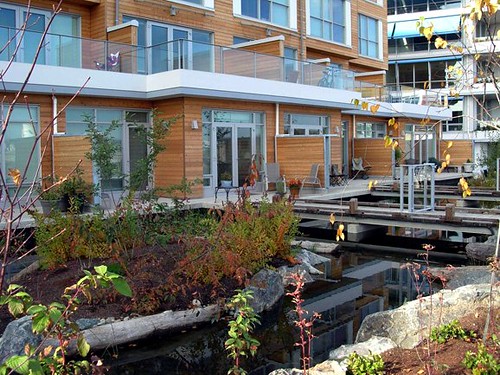Dr. Herb Broda’s talk last night (Plugged In But Tuned Out) did not disappoint. It was entertaining and informative, if by “entertaining” you include the feeling of being absolutely horrified by choice. (That’s why we go to horror movies after all, yes?)
Among the tidbits that made my hair stand on end, I have to say that his slide listing the recent revisions to the Oxford Junior Dictionary really stunned me.
Gone are words like “acorn”, “otter”, and “dandelion”. In fact, of the 150 words dropped from the dictionary, most were affiliated with nature.
Added to the new addition were the words “blog”, “MP3 player”, “BlackBerry” and “broadband”.
I know that languages go extinct (we’re in an era of a massive language extinction wave now), words are lost or change their spelling or come to mean entirely new things, while new ones continue to arise. But typically when entire collections of words linked by a common subject are lost (think of the vocabulary we’ve lost as automobiles replaced horse-drawn carriages), it indicates a profound shift in a society with often unknown consequences. Our language is a living description of who we are and what we value, and I would hate to think that we have collectively decided that acorns are less important than blogs (including this one!).
